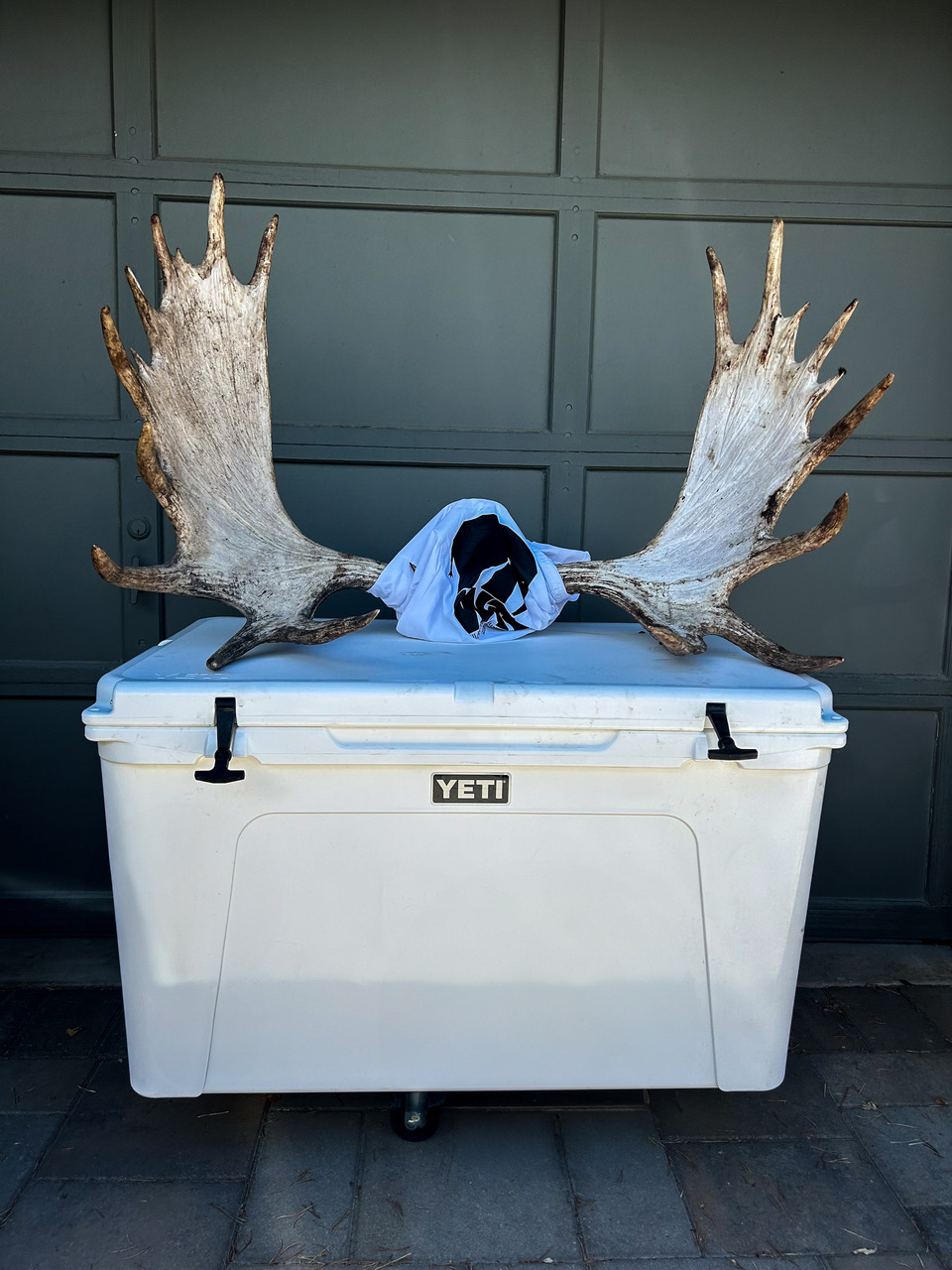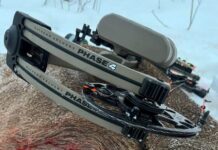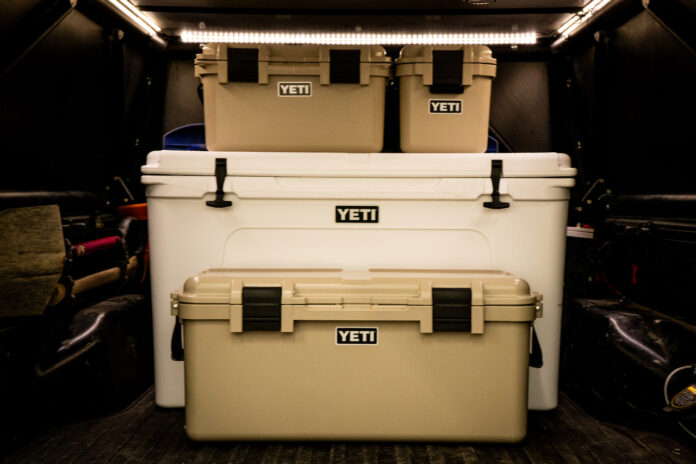If you are looking for a cooler that keeps ice cold and holds it for days, the YETI Tundra 210 might be the solution you’ve been waiting for. This cooler is a heavyweight in ice retention, durability, and capacity. However, its impressive features come at the cost of weight and mobility, making it best suited for specific scenarios such as keeping in basecamp or in the back of a truck ready to haul meat.
YETI Tundra 210 Cooler
The Tundra 210 is one of the larger models in YETI’s Tundra series. It is built using roto-molded construction, creating a seamless, rugged body that is resistant to impact and designed to last. The Tundra 210’s thick walls and PermaFrost insulation make it a top performer in the ice retention category.

Rugged Durability
Durability is a significant selling point of the Tundra 210. The roto-molded design makes it virtually indestructible and resistant to impacts and rough handling. It’s also bear-resistant when locked, adding an extra layer of security in outdoor environments. I have run or tested just about every roto-molded cooler on the market. While others may have features I prefer over YETI, the one constant thing is YETI’s rugged construction. While others dent or get scratched easily, the YETI line of coolers is by far the toughest. I should also mention that they are the easiest to clean with their smooth, nonporous surface.
Tundra 210 Capacity
How much meat can it hold, you ask? It will easily fit a whole deboned elk with room for block ice. This cooler was lucky enough to be a part of Nevada’s first Shiras moose season. The biggest surprise to me during that trip was the ice retention with such a large cooler. It held ice better than YETI 105, which I assumed would be the opposite. Since moose are such big animals, one of the large “Costco Igloo” coolers was also in camp. Having these coolers all side by side was a good reminder of why roto-molded coolers are worth the money. There was no comparison between the YETI and the Igloo. With ice, the 210 held roughly 1/3 to 1/2 of the moose.
We also took this cooler on my daughter’s Colorado elk hunt. Unfortunately, she did not kill an elk, so we did not use the cooler for its intended purpose. However, we used it for storage, making the truck bed more organized. I am unsure if this is by design, but the height of the 210 matched stacked YETI Loadout boxes perfectly, allowing a platform to sleep on.

Large and Heavy
At 92 pounds empty, the YETI Tundra 210 is one of the heaviest coolers on the market, and loading it up with ice, drinks, and food only increases that weight. Once loaded, this cooler is immobile, making it impractical for solo use or in situations requiring frequent moving. With the large size and substantial weight, portability is a challenge. While it’s excellent for stationary use—such as a basecamp scenario—transporting it over any distance is challenging. It’s a cooler that benefits from being placed and kept in one spot rather than being moved around frequently.
Conclusion
The YETI Tundra 210 is an investment for those who need a robust, high-capacity cooler with impressive ice retention. It’s perfect for extended trips where a large, durable cooler can stay in one place. If you’re willing to sacrifice portability for capacity and toughness, the Tundra 210 is hard to beat. However, if mobility is a priority, you may want to look at smaller or lighter models in the YETI lineup.

In short, this cooler shines when stationary, keeping your items cold and secure in a reliable, bear-proof, virtually indestructible package. But if you plan on transporting your cooler frequently, the weight and bulk could quickly outweigh its benefits.
Comment or ask Travis questions here.
Check out our entire library of cooler articles.


















